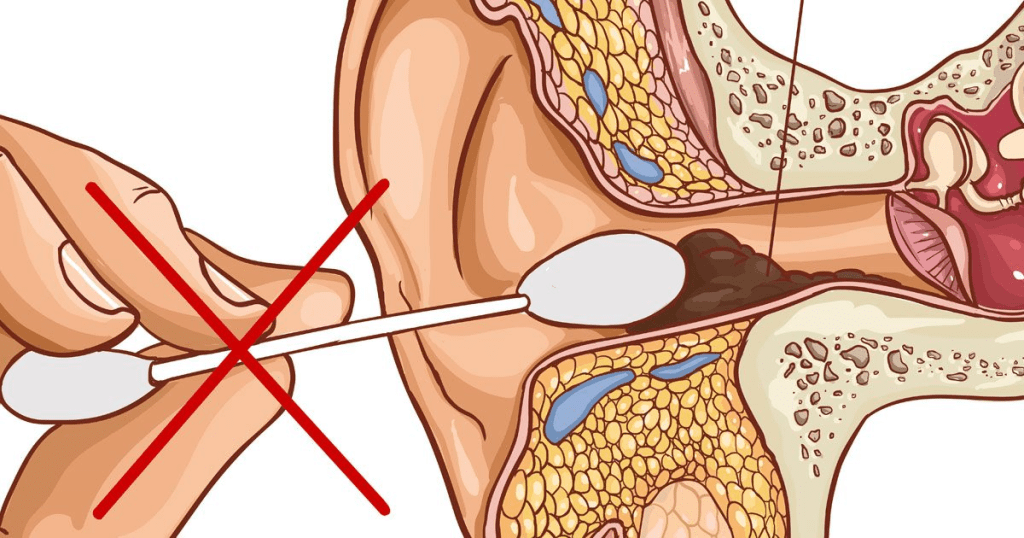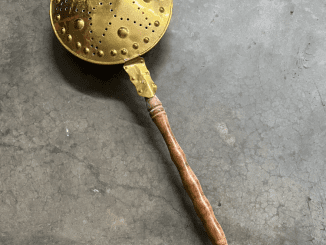Earwax is one of those things most people don’t like to think about. It’s sticky, kind of gross, and when it builds up, it can cause discomfort. However, earwax is a vital part of your body’s defense system. Acting as a natural cleaner, it collects dirt, dust, and dead skin cells, keeping your ears healthy. But too much of it can be a problem. So, how do you remove earwax safely without risking damage? Let’s dive into some better methods for cleaning out earwax that are both safe and effective.
Why Earwax is Important

Before we get into removal methods, it’s crucial to understand why earwax (or cerumen) is necessary. According to Harvard Medical School, earwax serves as a natural barrier against bacteria, fungi, and insects. It also moisturizes the skin in the ear canal, preventing dryness and irritation. Without it, your ears might feel itchy, and you could be more prone to infections.
But too much of a good thing can turn bad. Excess earwax can block the ear canal, leading to discomfort, ringing in the ears (tinnitus), dizziness, and even hearing loss. So, while you shouldn’t obsessively clean your ears, sometimes a little help is needed to clear things up.
The Dangers of Common Earwax Removal Methods
Say No to Cotton Swabs
It’s tempting to grab a cotton swab and start cleaning your ears, but resist that urge. Cotton swabs may seem like an easy way to remove earwax, but they can push the wax deeper into your ear canal, making the situation worse. According to Women’s Health, using cotton swabs could trigger your body to produce more earwax as a protective response. You might end up with a bigger problem than you started with.
Avoid Ear Candles
Another popular (but dangerous) ear-cleaning method is ear candling. Proponents claim that ear candles can draw out earwax, but this method is unsafe. The heat from the candle can cause burns, and there’s a risk of the candle wax getting into your ear canal, making things worse. Dr. Ana Kim, an otolaryngologist, advises against this method due to the risk of injury to the ear drum.
Safe and Effective Earwax Removal Techniques
Now that you know what not to do, let’s talk about some safe and effective ways to remove earwax. These methods are easy to do at home and minimize the risk of damaging your ears.
Irrigation Method
One of the safest and most effective ways to clean out earwax is through irrigation. This technique uses water to flush out excess earwax gently. Here’s a simple recipe for a home earwax irrigation solution:
- 1 part warm water
- 1 part white vinegar
- 1 part rubbing alcohol
Using a clean dropper, place a few drops of the solution into your ear while tilting your head to the side. Let it sit for a few minutes, then tilt your head the other way to allow the liquid and softened wax to drain out. Use a cotton ball to catch the liquid as it comes out.
Mineral Oil Treatment
Another gentle way to remove earwax is by using mineral oil. This helps soften and break down the wax, making it easier to remove. Warm a small amount of mineral oil (not baby oil), and place two to three drops into the affected ear. Lie on your side, with the treated ear facing up, for about 20 minutes to let the oil work its magic. Afterward, flip to the other side, letting the oil and wax drain out onto a cotton ball or tissue.
Using warm oil can improve the effectiveness of this method, as heat helps to break down the earwax faster. Always ensure the oil is warm, not hot, to avoid burns or discomfort.
Saline Solution

If you’re looking for a quick, inexpensive solution to excess earwax, try a simple saline solution. Harvard Medical School recommends this method for its ease and effectiveness. You can make your own by mixing 1/4 teaspoon of salt with 1/4 cup of warm water. Apply a few drops of the saline solution in each ear, wait a few minutes, and then tilt your head to let the liquid drain. Use a soft cloth to remove any excess wax that has loosened.
When to Seek Professional Help
While these methods are generally safe for at-home ear cleaning, there are times when you should consult a doctor. If you experience severe pain, hearing loss, or suspect you have a perforated eardrum, it’s essential to see a healthcare professional. They can safely remove the wax and check for any underlying issues that might be contributing to excessive buildup.
Signs You Need Professional Ear Cleaning:
- Persistent pain or discomfort
- Significant hearing loss
- Dizziness or balance issues
- Ringing in the ears (tinnitus)
An ENT (ear, nose, and throat) specialist can examine your ear and use specialized tools to remove any blockage safely. They may also recommend routine cleanings if you’re prone to excessive earwax buildup.
Preventing Earwax Build-Up

Now that you know how to remove earwax safely, let’s talk about prevention. The best way to manage earwax is to avoid over-cleaning your ears. Your ears are self-cleaning, and for the most part, they do a great job on their own. If you feel the need to clean your ears frequently, talk to your doctor about safe practices to avoid overproduction of earwax.
Conclusion
Earwax may seem like a nuisance, but it plays an essential role in keeping your ears healthy. While too much of it can cause discomfort, it’s important to avoid harmful cleaning methods like cotton swabs or ear candles. Instead, try safe techniques like irrigation, mineral oil treatments, or saline solutions to manage earwax buildup. If you’re ever unsure or dealing with more serious symptoms, don’t hesitate to seek professional help. Keeping your ears clean and healthy doesn’t have to be complicated—just be gentle, and let nature do most of the work.


